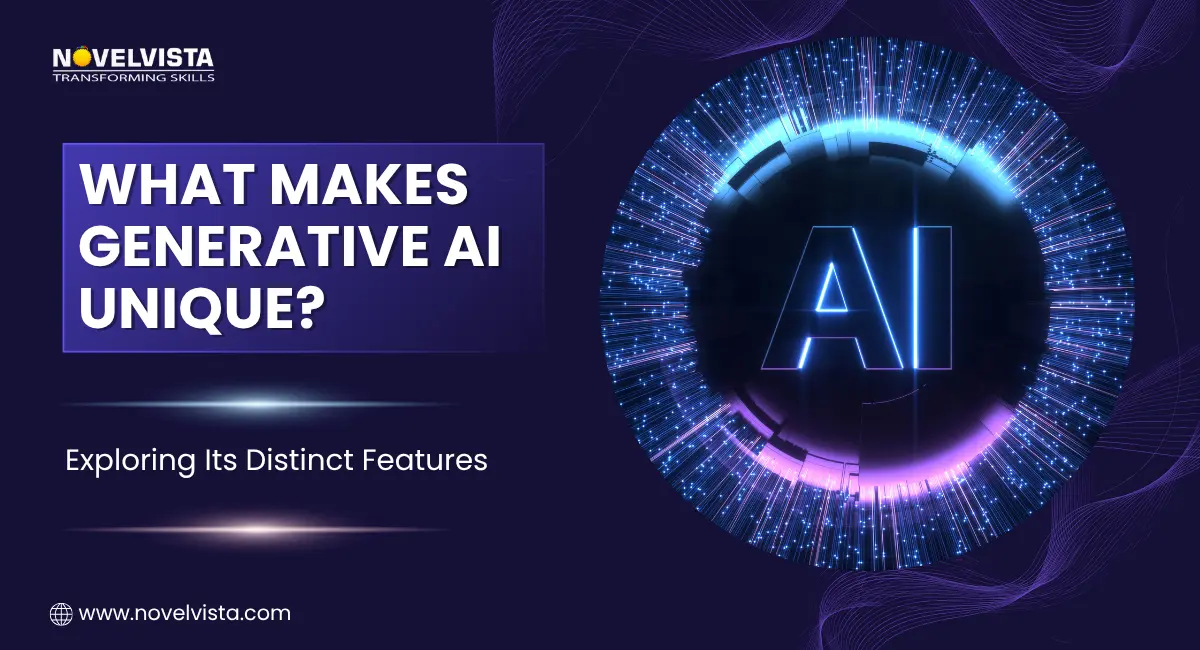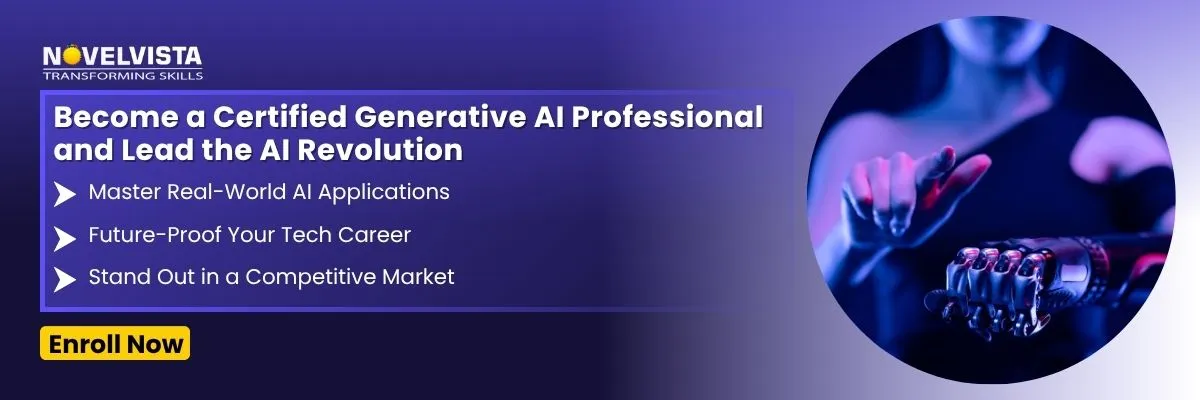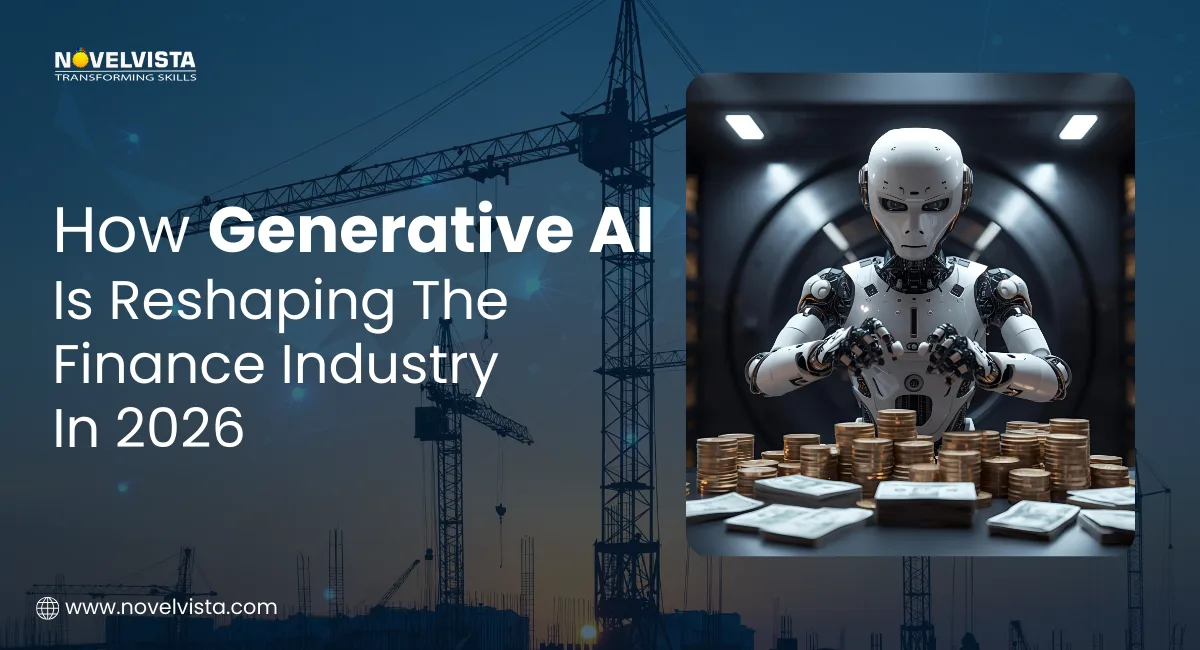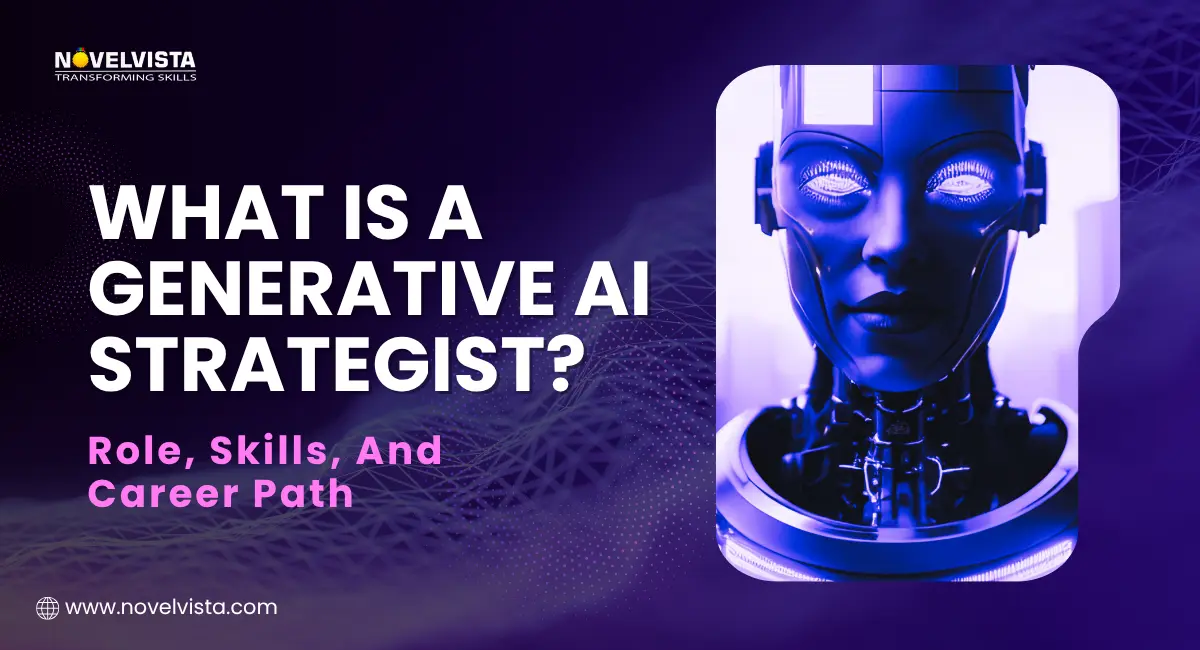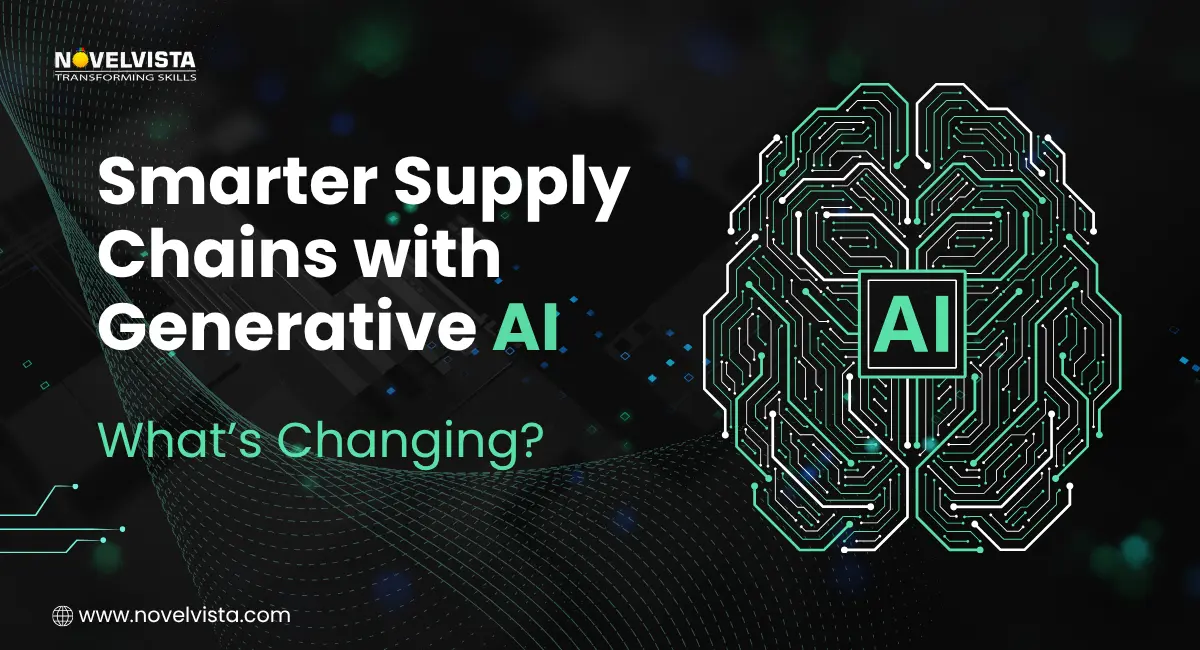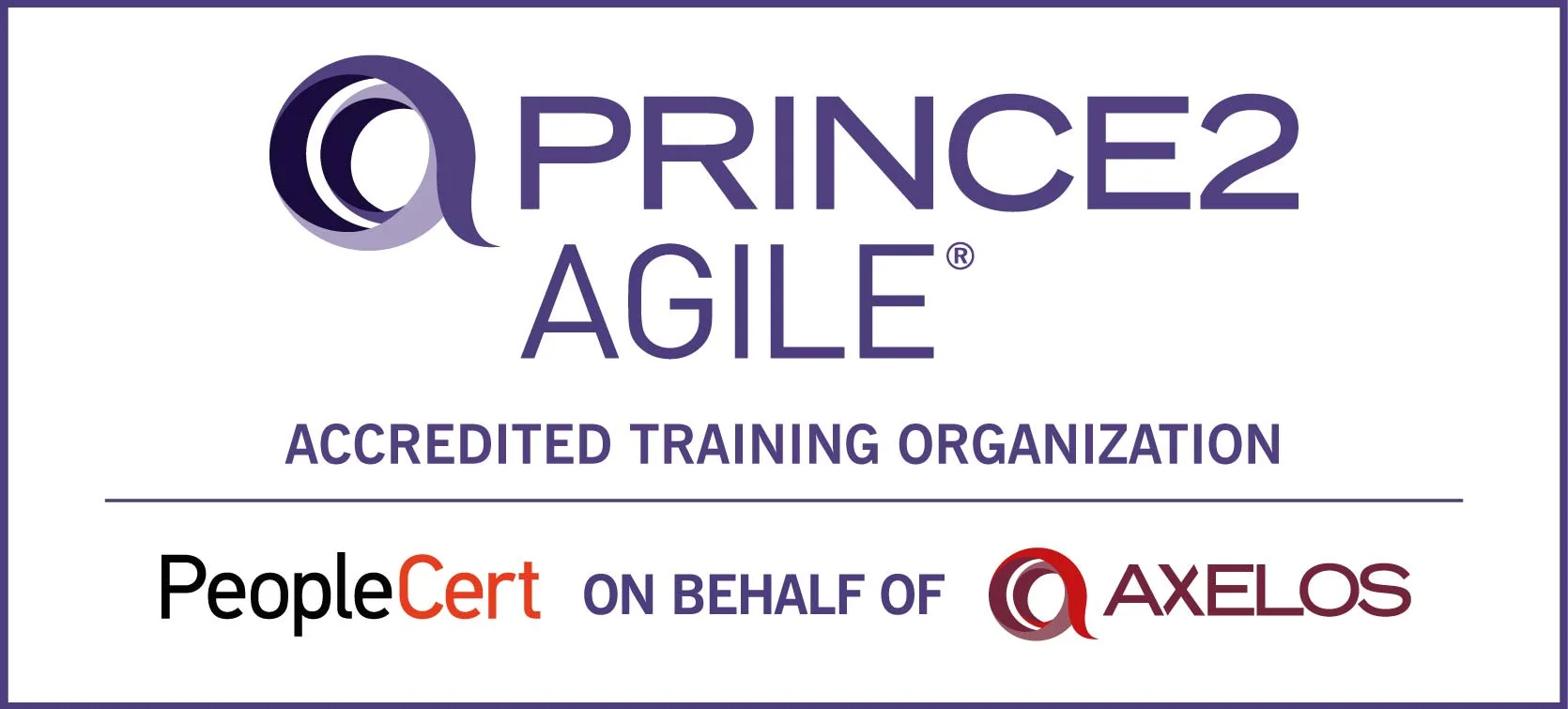- The New Era of Creative Intelligence
- What Are Generative AI Models and Key Types of Generative AI Models
- Generative AI vs Other AI: Key Differences You Should Know
- Key Features That Make Generative AI Unique
- How Generative AI Works: The Fuel for AI Creativity
- How Companies Leverage Generative AI
- How Generative AI Is Used in Different Industries
- Top 5 Generative AI Tools and Technologies in 2025
- Ethical Considerations and Challenges of Generative AI
- The Human–AI Collaboration Factor
- The Future of Generative AI
- Conclusion – The Creative Side of Artificial Intelligence
What makes generative AI unique isn’t just its ability to process data — it’s that it can create something entirely new from it. Unlike traditional AI that predicts or classifies, Generative AI imagines. It turns data into art, code, stories, and even solutions that didn’t exist before.
We’ve officially entered an era where AI doesn’t just follow instructions — it collaborates. This blog explores what makes generative AI unique, the key types of models behind it, and how it’s reshaping industries with creativity and automation.
The New Era of Creative Intelligence
AI has moved from automation to imagination. Earlier, we used AI to do repetitive or analytical tasks — think spam detection or fraud prevention. But now, AI can write poems, design logos, and compose music.
That’s the power of Generative AI — a technology that learns from existing data patterns and uses them to create brand-new content. Whether you want a blog draft, a product mockup, or a cinematic image, Generative AI turns ideas into tangible results.
Organizations like Adobe, Pfizer, and Netflix have successfully integrated generative AI to accelerate content creation, drug simulation, and media production. Case studies show a measurable boost in productivity and innovation, reinforcing that this technology’s impact is practical and proven.
It’s changing how businesses innovate, how creators build, and how we interact with machines — all because it creates instead of just calculating.
What Are Generative AI Models and Key Types of Generative AI Models
Understanding Generative AI Models
Generative AI models are systems trained on massive datasets — text, images, code, audio, and more — to identify deep patterns and relationships. Instead of merely analyzing data, they use those insights to generate new, original outputs that mimic human creativity.
This makes them fundamentally different from rule-based AI systems that follow strict logic. Where traditional AI executes commands, generative AI learns patterns and then improvises — like an artist who paints from experience rather than tracing an outline.
Key Types of Generative AI Models
-
Generative Adversarial Networks (GANs): Two neural networks — one generates, and the other critiques — work together to produce realistic images, videos, or designs.
-
Variational Autoencoders (VAEs): Learn data representations and generate new, similar data while maintaining key traits of the original dataset.
-
Transformer Models (LLMs): These powerhouses (like GPT or Gemini) process and generate human-like text using deep contextual understanding.
-
Diffusion Models: Start with random noise and gradually transform it into highly detailed, coherent images — used in tools like DALL·E and Midjourney.
-
Multimodal Models: Combine text, image, and audio capabilities, enabling richer creative outputs across different formats.
These models represent the core of generative AI innovation, each contributing unique strengths to how creativity and computation blend.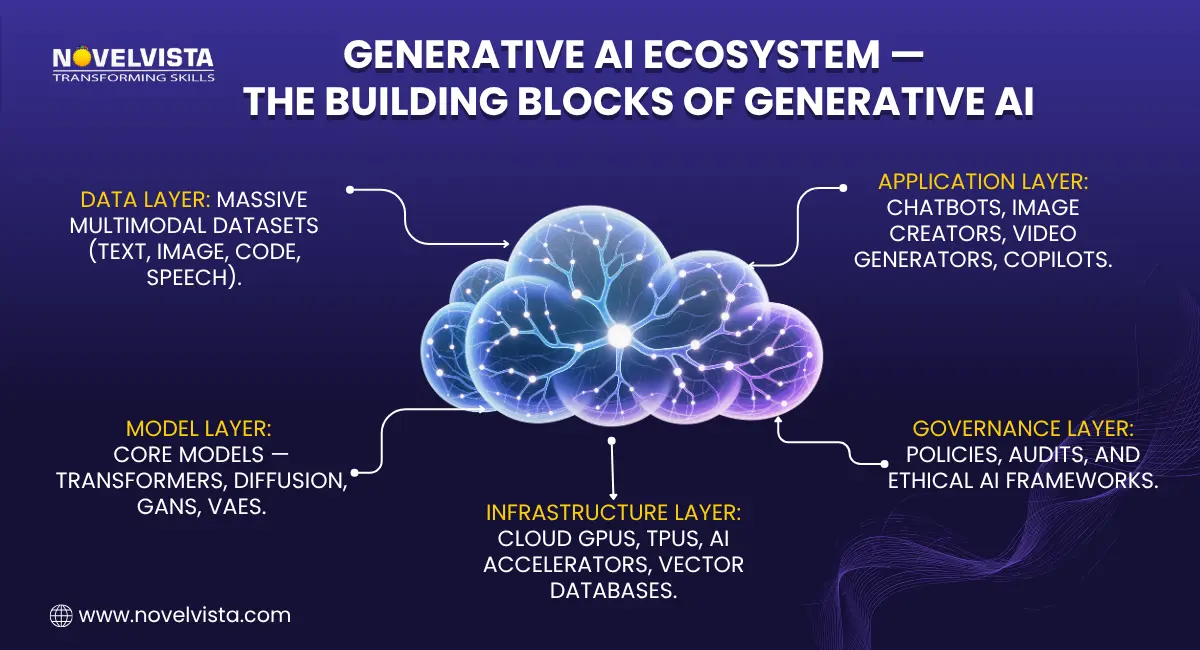
Generative AI vs Other AI: Key Differences You Should Know
| Aspect | Generative AI | Traditional AI / Predictive AI |
| Core Purpose | Creates new and unique content | Analyzes data and makes predictions |
| Creativity | Emulates human creativity and imagination | Limited to data-driven logic |
| Output Type | Text, image, audio, video (multimodal) | Mostly structured outputs or analytics |
| Learning Style | Learns patterns to generate novel material | Learns to classify, predict, or cluster data |
| Adaptability | Learns across diverse tasks and improves over time | Performs predefined tasks within fixed rules |
| Examples | ChatGPT, DALL·E, Midjourney | Fraud detection, recommendation systems |
This is what makes generative AI unique — it bridges creativity and computation. Instead of providing just answers, it provides possibilities. Also, according to academic research and enterprise case studies, generative AI has outperformed predictive models in creative tasks, such as synthetic image generation and natural language content creation, demonstrating its unique value beyond classical AI applications.
Key Features That Make Generative AI Unique
Here are the unique features of generative AI that make it stand apart:
-
Content Creation: Generates text, code, images, or videos on demand — transforming how teams produce marketing content, designs, and even research ideas.
-
Emulates Human Creativity: Learns tone, rhythm, and style from human data, allowing it to mirror creative instincts with surprising accuracy.
-
Multimodal Output: Works seamlessly across text, images, and audio, giving you complete flexibility for storytelling and design.
-
Adaptability: Improves with every interaction, refining its responses and output quality based on feedback.
-
Context Understanding: Grasping nuance, emotion, and intent helps it deliver more relevant and personalized results.
-
Scalability: Can produce thousands of content variations instantly — no burnout, no breaks, no limits.
-
Ethical Guardrails: Many modern models now include filters and bias checks to ensure responsible AI use and safer content generation.
These core features of generative AI enable it to move beyond automation — turning it into a creative partner that enhances human potential.
How Generative AI Works: The Fuel for AI Creativity
Generative AI models learn patterns through a process called training. They’re fed massive datasets — articles, images, code snippets — and taught to recognize how data connects and flows.
Once trained, they enter the generation phase, where they create new content based on prompts. For example, when you type “draw a futuristic city,” the model breaks down the phrase into smaller tokens, understands the meaning, and generates a matching image.
Behind the scenes, this magic is powered by deep learning architectures like GANs, Transformers, and Diffusion Models — each refining the model’s ability to create lifelike, contextually relevant outputs.
Read more: Learn how AI tokenization powers this process in our detailed guide.
That’s how generative AI transforms static data into living creativity — learning like a machine but imagining like a human.
How Companies Leverage Generative AI
Businesses are quickly realizing what makes generative AI unique — its potential to blend creativity with productivity.
From automating marketing copy, ad designs, and code generation to creating synthetic training data for simulations, companies are integrating generative AI across workflows. In customer service, chatbots powered by large language models handle complex queries naturally.
In industries like healthcare, finance, and e-commerce, it’s helping simulate real-world data, predict user needs, and design personalized experiences — making AI not just a backend tool, but a frontline innovator.
Learn how to write prompts that make AI Fair,
Accurate and Bias-free.
Master Ethical Prompting.
How Generative AI Is Used in Different Industries
The beauty of Generative AI lies in its flexibility — it’s not limited to one domain. Let’s see how different industries are already using it to innovate, create, and evolve.
Healthcare
Generative AI speeds up drug discovery by simulating molecular interactions, generates synthetic medical data for research without risking privacy, and enhances medical imaging for better diagnoses. The result? Faster treatments and improved patient outcomes.
Scientific Discovery
Researchers use Generative AI to simulate chemical reactions, predict molecular structures, and analyze large datasets. It helps scientists test ideas faster and more safely — reducing lab time while boosting accuracy.
Education
In classrooms and online platforms, AI is helping personalize learning paths. From AI tutors that explain complex concepts in simple ways to automated grading tools, education is becoming more interactive and accessible.
Entertainment & Media
This is where AI meets creativity head-on. Generative AI assists in music composition, video creation, and scriptwriting. It’s also shaping gaming storylines and helping studios produce visuals faster than ever before.
Finance
Banks and financial firms use Generative AI to create risk simulations, forecast trends, and detect fraud. It’s also used for personalized investment recommendations and smarter financial planning tools.
These generative AI applications by industry prove one thing — when AI learns to create, it can transform how entire sectors operate.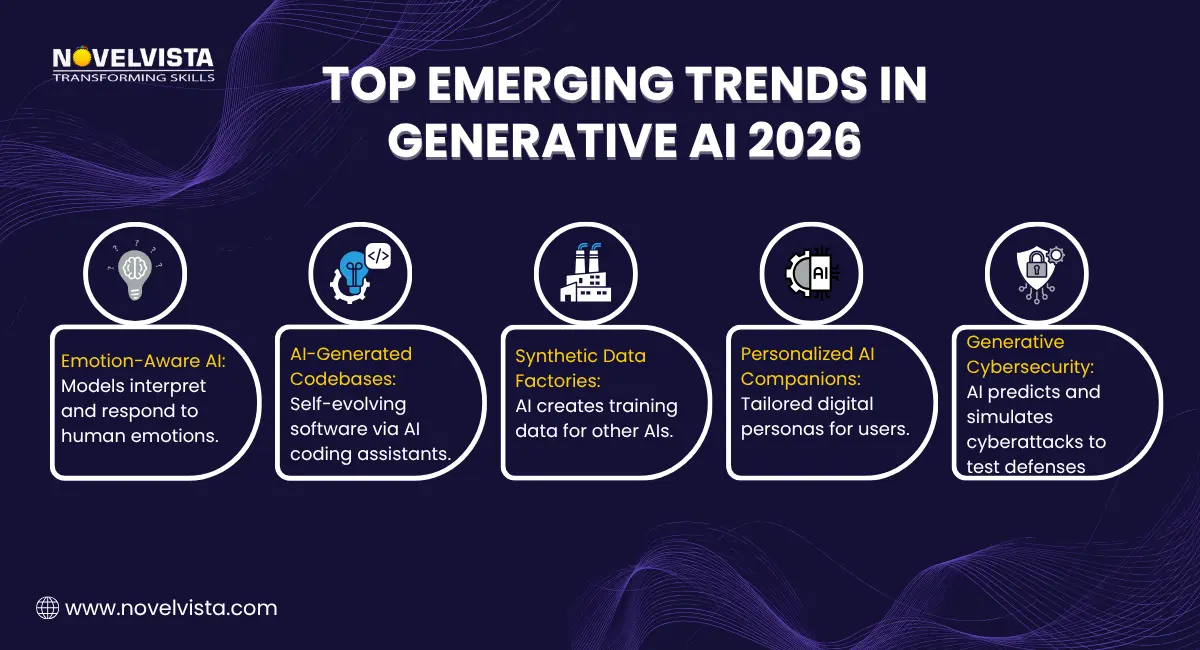
Top 5 Generative AI Tools and Technologies in 2025
Here’s a quick look at the top generative AI tools for 2025 that are defining the future of creativity and productivity:
-
ChatGPT (OpenAI): The go-to conversational AI for natural dialogue, brainstorming, and text generation across multiple use cases.
-
DALL·E 3: Converts text prompts into detailed, lifelike images — perfect for design, storytelling, and concept visualization.
-
Midjourney: A favourite among designers for crafting high-quality, artistic visuals and concept art effortlessly.
-
Gemini (Google): A multimodal model that reasons across text, images, and code — blending logic with creativity.
-
Runway ML: Enables video generation, real-time editing, and creative production tools for content creators and studios.
These generative AI technologies are shaping a world where creativity meets computation — giving individuals and teams the power to build faster and smarter.
Ethical Considerations and Challenges of Generative AI
Generative AI might be groundbreaking, but it’s not without challenges. Let’s look at a few major ones that need careful attention:
-
Data Bias and Fairness: If the training data has bias, AI-generated outputs can unintentionally mirror those biases — leading to unfair results.
-
Intellectual Property Issues: The question of who owns AI-generated content is still unresolved.
-
Hallucination Risks: Models sometimes produce information that sounds confident but is factually wrong.
-
Privacy and Data Security: Sensitive or proprietary data could accidentally surface in outputs.
-
Responsible AI Development: Governance frameworks like ISO 42001 help organizations build ethical AI systems with accountability and transparency.
Addressing these issues ensures that AI remains a trusted partner — not a risk factor.
The Human–AI Collaboration Factor
Here’s the thing — Generative AI doesn’t replace humans; it amplifies them. It acts like a creative co-pilot that speeds up ideation and execution while humans steer direction and purpose.
Writers use it to overcome creative blocks, designers use it to test concepts, and data teams use it to visualize complex insights.
This human–AI partnership creates the perfect blend — machines bring speed and precision, while humans add empathy, ethics, and emotional intelligence. Together, they redefine creativity and productivity.
The Future of Generative AI
Generative AI is not just a passing trend — it’s shaping the future of digital innovation.
-
Market Growth: According to MarketsandMarkets, the global Generative AI market will grow from $71.36 billion in 2025 to $890.59 billion by 2032.
-
Economic Impact: It could add $2.6–$4.4 trillion in business value across industries.
-
Next Frontier: Expect advancements in emotion-aware AI, virtual environments, and AI ethics frameworks that guide responsible innovation.
That’s what makes generative AI unique — it’s not just about efficiency, it’s about creating value through imagination and intelligence.
Conclusion – The Creative Side of Artificial Intelligence
Generative AI stands apart because it doesn’t just automate — it creates. From writing code to designing visuals, from simulating molecules to composing music, it’s redefining how we think about creativity.
So, what makes generative AI unique? It’s the blend of imagination and intelligence — machines that learn, adapt, and collaborate like humans. It’s not replacing creativity; it’s expanding it.
And as this technology grows, so does the need for professionals who understand how to manage and audit AI ethically and securely.
Next Step:
Ready to go beyond curiosity and build with Generative AI? Enroll in NovelVista’s Generative AI Professional and Agentic AI Professional Certification Training to master prompt engineering, multimodal model applications, and AI workflow automation. Learn hands-on from industry experts and gain globally recognized credentials that future-proof your career in the era of creative intelligence.
Start your AI journey with NovelVista today!
Frequently Asked Questions
Author Details

Akshad Modi
AI Architect
An AI Architect plays a crucial role in designing scalable AI solutions, integrating machine learning and advanced technologies to solve business challenges and drive innovation in digital transformation strategies.
Confused About Certification?
Get Free Consultation Call

